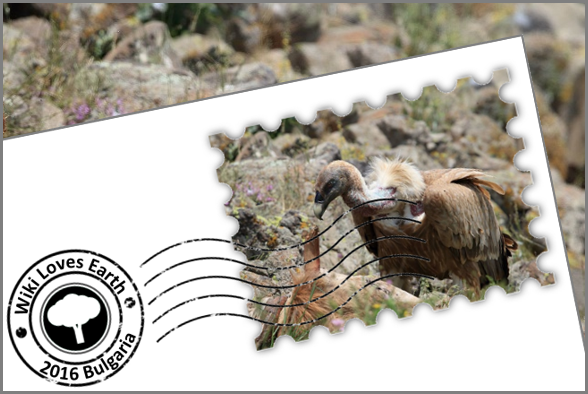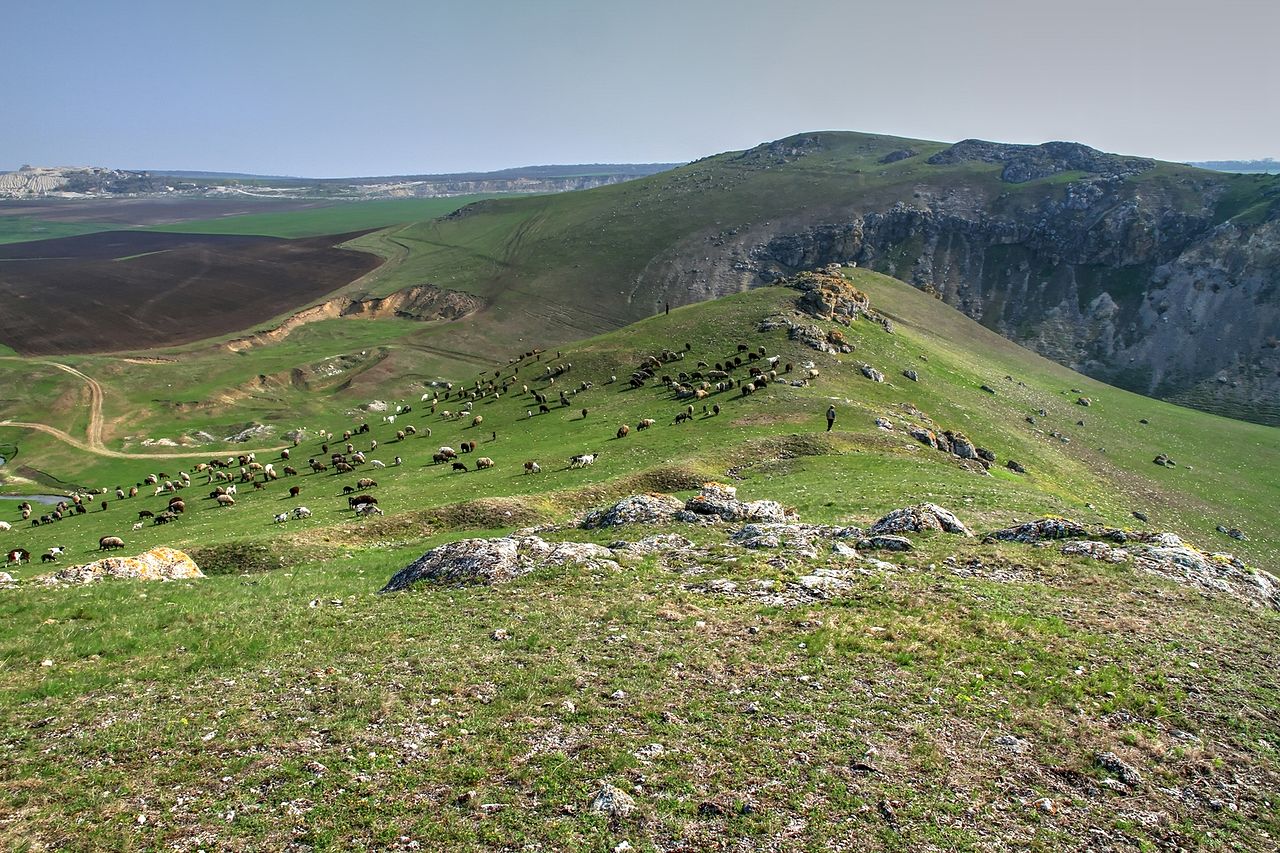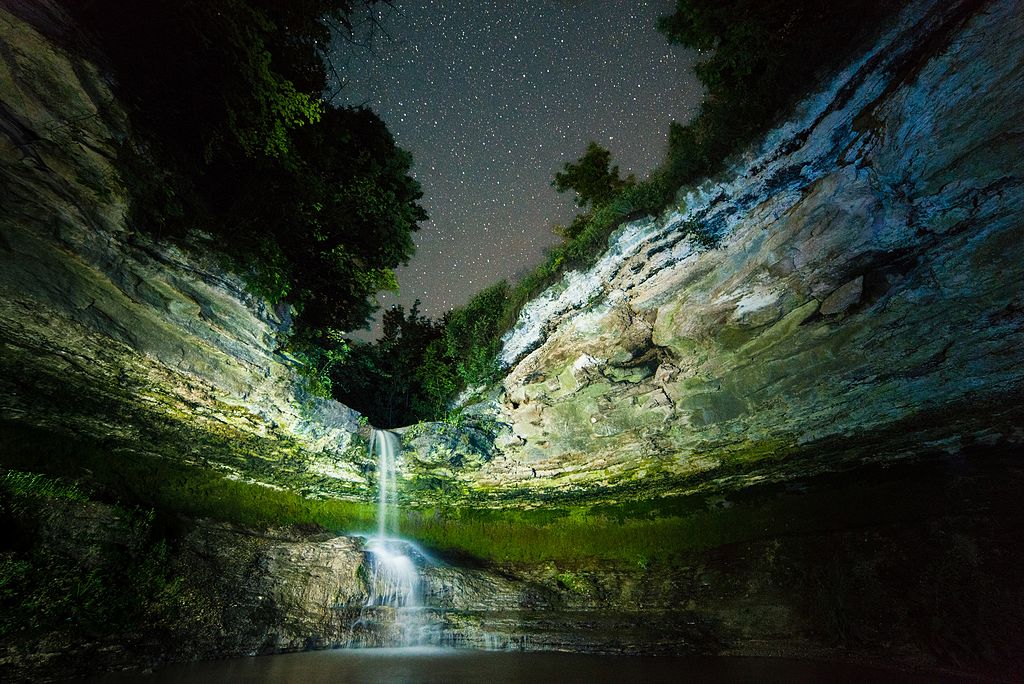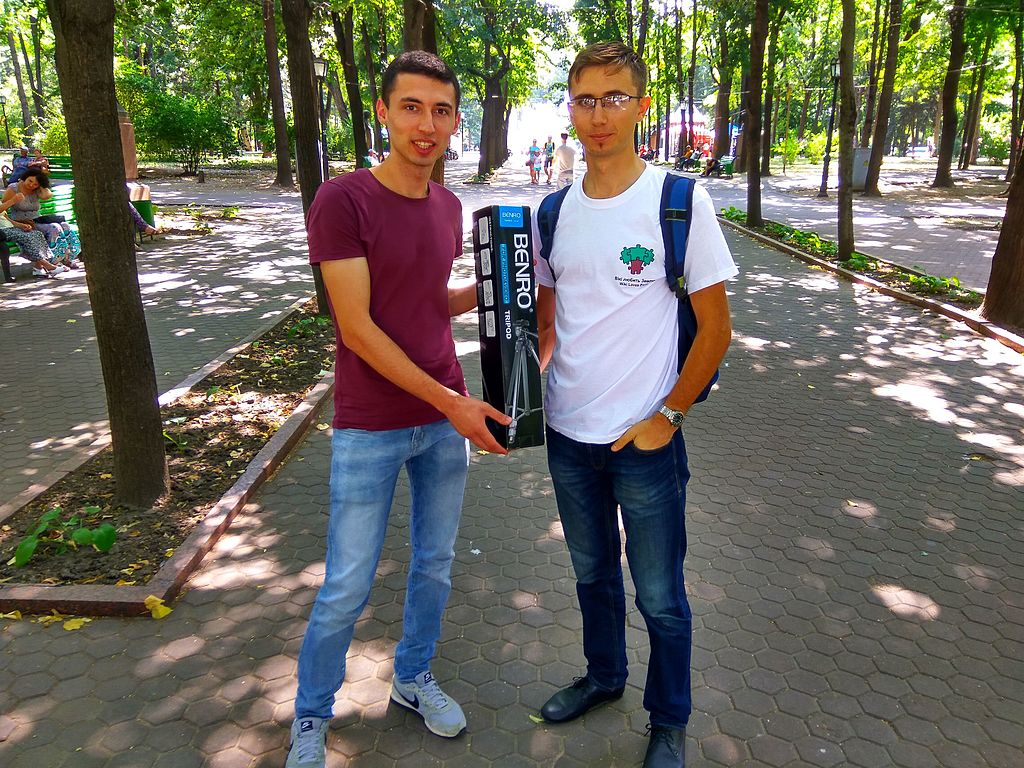This year, “Wikimedians of Bulgaria” User Group participates for the second time with a local edition of the photo contest for environmentally protected territories, “Wiki Loves Earth 2016 Bulgaria“. And one of the ten winners in the national stage of the competition will be printed as an official postage stamp of the Republic of Bulgaria. This is the additional ‘surprise’ award, which the organizing team of the competition in 2016 arranged along with the planned prizes – vouchers for photographic equipment shops or bookshops, that will be provided under a project funded by the Wikimedia Foundation.
Which one of the ten photos would illustrate the postage stamp, was a decision taken by the members of the Committee of Postage Issuance under the Ministry of Transport, Communications and Information Technologies. And this choice has already been made. It is the 2nd-ranked photography in Top 10, by Emiliya Toncheva, which depicts a griffon vulture in the Valchi Dol Reserve near the small town of Madzharovo in Eastern Rhodopes, Bulgaria. Notably, Emiliya was the first volunteer to contribute her photos to the “Wiki Loves Earth 2016 Bulgaria” in the very first day of the contest, June, 1.

The Committee approved the young illustrator Dilyana Elshishka for designer of the postage stamp, and determined the nominal of BGN 2 (approx. EUR 1), which is the price for sending a postcard from Bulgaria to United States, for example. This stamp will be in valid use and circulation for the next three years. The attempt is to have the stamp ready around October, 1 when the local WLE organizing team is conducting the award ceremony in the National Museum of Natural History in Sofia.
The photograph selected by the Committee of Postage Stamp Issuance is special because it will stay on the very first Wikimedia-related postage stamp in Bulgaria, which also is the first one for the “Wiki Loves Earth” contest globally.
The photo is noteworthy also for touching one of the most important topics of Bulgarian environmental protection: protection of the birds of prey. In Bulgaria, all the three nesting or feeding vulture species – Griffon vulture (Gyps fulvus), Egyptian vulture (Neophron percnopterus) and Cinereous vulture (Aegypius monachus) are rare and protected species, and the Bearded vulture (Gypaetus barbatus) has been since 2007 in a re-introduction program, because of being extinct from the territory of Bulgaria. And while the griffon vulture’s population can nowadays be considered stabilized, the Egyptian vulture continues to be the most rapidly declining among all birds of prey in Europe, with more than 80% decreased population in the Balkans for the last 30 years. Poisons intended to kill agricultural pests are the main reason for the extinction of vultures, whose ecologic role is the one of the natural sanitarians of wildlife.

Author and translator: Vassia Atanassova
Editors: Anelia Bobeva, Nikola Kalchev, Stanislav Yordanov
From <https://blog.wikimedia.bg/2016/07/31/wle-postage-stamp/>








